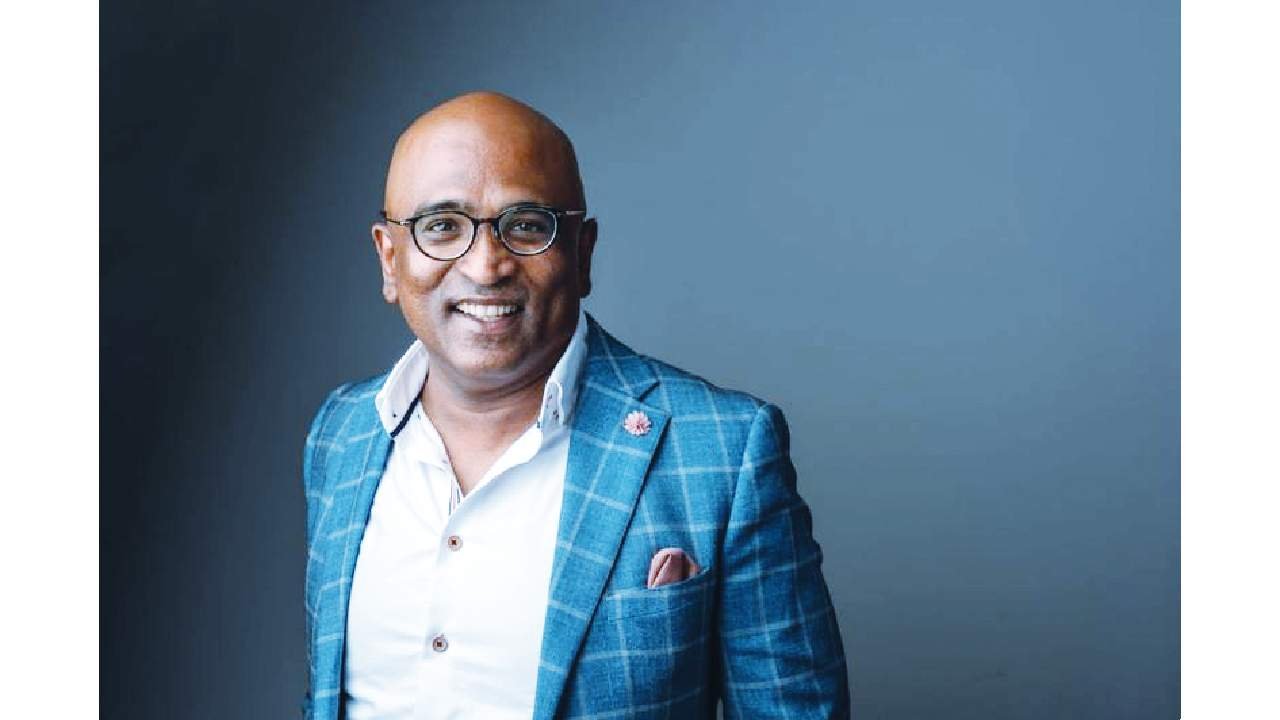-
Asks is it enough?
-
His wife plans to continue working, and they expect monthly expenses of ₹1–1.5 lakh
-
Concerns remain over health costs and inflation
A 34-year-old Non-Resident Indian (NRI) has sparked a lively debate online after sharing his retirement plans—returning to India with a total savings corpus of ₹4 crore. In his social media post, the tech professional laid out his intention to retire by 2030, live on a monthly budget of ₹1–1.5 lakh, and rent a home instead of buying. He also mentioned that his wife, who holds a PhD, has no plans to retire and will likely find a suitable job in India, reported financialexpress.com.
While he’s confident about managing on ₹4 crore, many users warn that his early retirement plan may be too ambitious without alternate income or long-term planning.
He wrote, “My wife doesn’t want to retire. I’m sure she’ll get a decent job in India. Thinking of renting a place and monthly expenses of ₹1–1.5 lakh. Am I falling short in funds? Maybe extend retirement from 2030 to 2035.”
His plan has triggered mixed reactions—some say it’s doable with careful budgeting and passive income, others warn it’s too little to last decades given inflation, medical emergencies, and rising lifestyle costs
Community Shares Financial Advice and Realities
Responses poured in, with practical advice and cautionary insights. One commenter advised, “Put ₹1 crore in a fixed deposit yielding 5–6%. Use that to cover monthly expenses, while putting ₹3 crore in a balanced mutual fund diversified across domestic and international markets. Don’t touch the principal for at least 5–6 years.”
Another user said, “If you’re planning to return to India and retire early, avoid Roth investments. Focus on passive income sources—rental properties or dividend-generating assets.”
Some pointed to the broader trend among Indian-origin professionals: “People in their mid-30s are realizing the American dream isn’t as appealing anymore—green card delays, uncertainty, high cost of living. Returning to India with savings and starting afresh makes sense for many.”
However, others raised red flags: “₹4 crore is not enough. Healthcare costs in India are rising. One major illness can wipe out years of savings.”
Another pointed out the need for flexibility: “Budgeting is key. Move to a Tier-2 or Tier-3 city, rent for a few years, and ensure one steady income source so you don’t deplete your corpus too early.”
While the NRI seems open to part-time work after “retirement,” most commenters agree that retiring at 40 without a solid passive income plan and inflation-proof investments could be risky.
As more Indians abroad rethink long-term plans, this case highlights the importance of realistic financial planning, healthcare cover, and backup income—especially for those considering early retirement in India.











